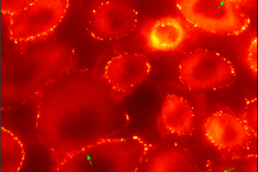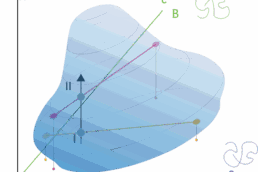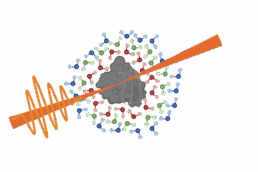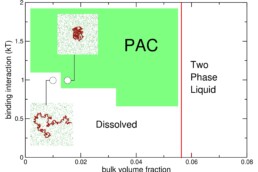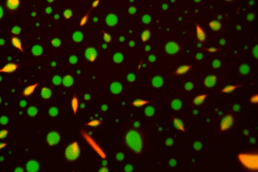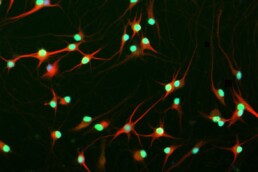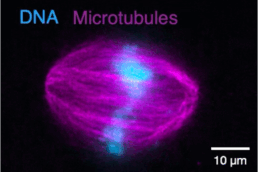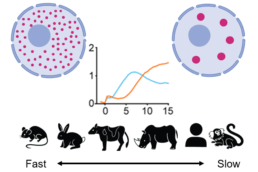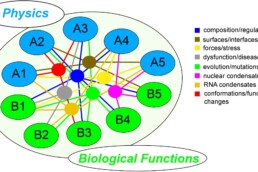Elucidating the mechanisms underlying mRNA translation regulation by condensation (B1)
Objective
The goal of of B1 is to characterize the molecular interaction landscape of immobile and mobile (translationally silenced and competent) nature of RNA molecules inside RNP granules to provide a mechanistic under-standing of regulation in condensates and disease phenotypes
Project Description
RNP granules, such as neuronal transport granules (NTGs) or stress-induced RNP granules (SGs), are condensates that play key roles in translation regulation. Their aberrant state is as-sociated with neurodegeneration and cancer. RNP granule assembly and the underlying regula-tory mechanisms are not understood. Our preliminary data show that the RNA-binding protein Ras GTPase-activating protein-binding protein 1 (G3BP1) interacts with unfolded RNA molecules to assemble RNP granules. RNA accumulation in granules leads to RNA-RNA interactions, inhibiting RNA mobility and translatability. The DEAD-box RNA helicase (DDX3X) localizes to RNP granules to attenuate RNA-RNA interactions, rendering the condensates dynamic and ena-bling mRNA translation. DDX3X disease variants cannot resolve RNA-RNA interactions causing RNA granule persistence. We suggest that RNP granules mediate inhibitory RNA-RNA interactions, which must be modulated by RNA helicases to regulate RNA availability and translatability.

Research questions
- How do RNP granules regulate RNA availability and translatability in physiology and disease?
- How do RNA helicases regulate RNA structure, dynamics, and organization within RNP granules?
Thesis Project Topic
Topic 1: RNA structures and dynamics in multi-component biomolecular condensates (Schlierf)
Topic 2: Revealing the functional role of RNA-protein condensates in regulating RNA availability (Alberti)
Training
The PhD students will be trained in smFRET and FCS and analysis, advanced imaging and analysis, protein biochemistry and RNP-like granule reconstitution.
Profile of Prospective Students
- Candidates have a Masters degree in physics, biology or related fields
- Candidates should have a sound basis in biochemistry, biophysics, enzymology, quantitative biology, or closely related fields.
- Experience in microscopy, in vitro reconstitution, and protein isolation methods are expected

Supervisors: Simon Alberti (left) and Michael Schlierf (right)
Organization of cytoplasm across space and time (Alberti)
Discipline: Biology
Affiliation: Biotec (TU-Dresden) | Physics of Life (TU Dresden)
Contact: Simon.Alberti (at) tu-dresden (dot) de
Conformational Dynamics in Biomolecules (Schlierf)
Discipline: Biophysics
Affiliation: B CUBE (TU Dresden) | Physics of Life (TU Dresden)
Contact: michael.schlierf (at) tu-dresden (dot) de
Explore other RTG Thesis Projects
Collaborations within the RTG
Click on the different project numbers (e.g. A1) to find out more about the theme of their ongoing collaborations and explore the project details
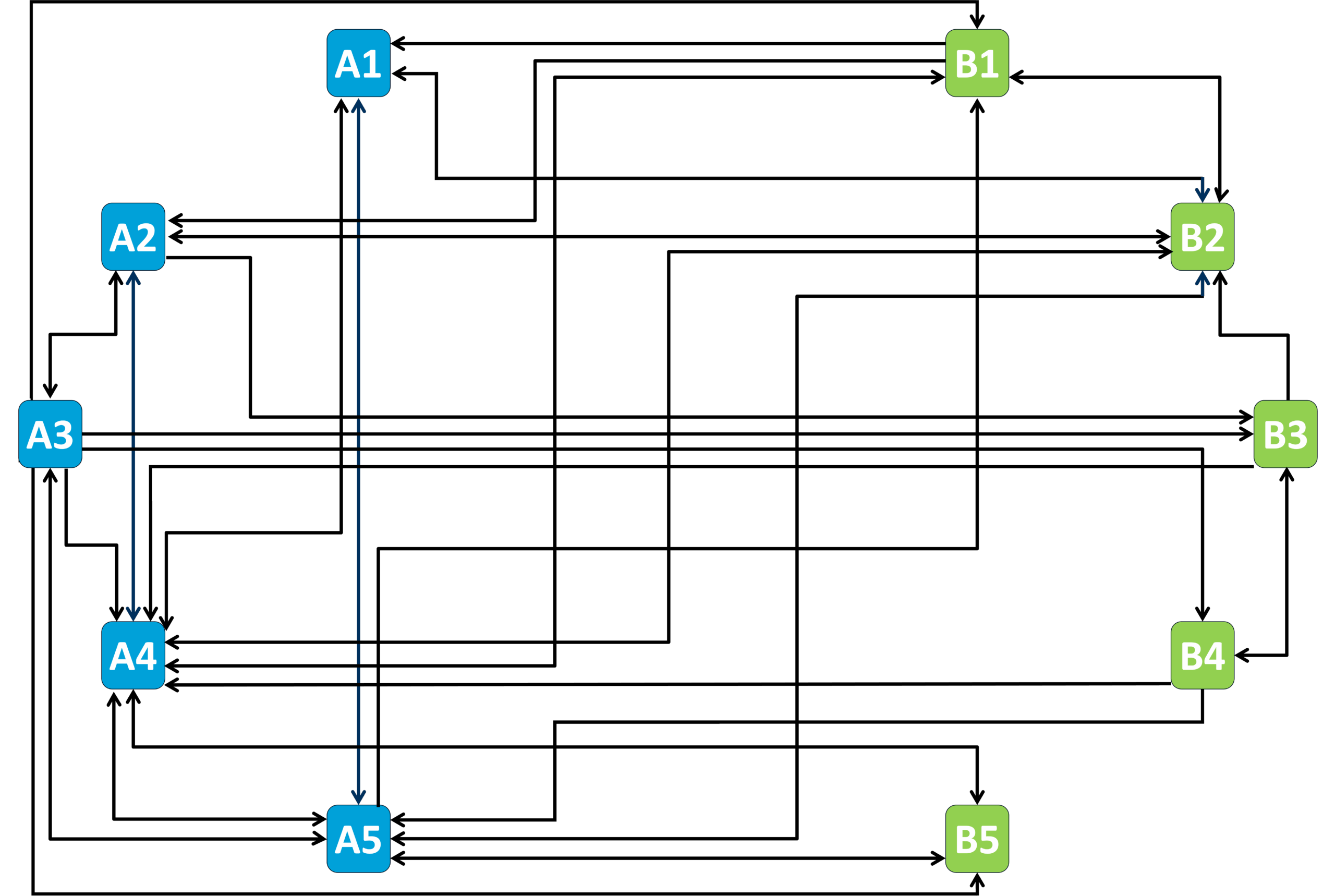
A2 - Biomolecular condensate regulation (Harmon)
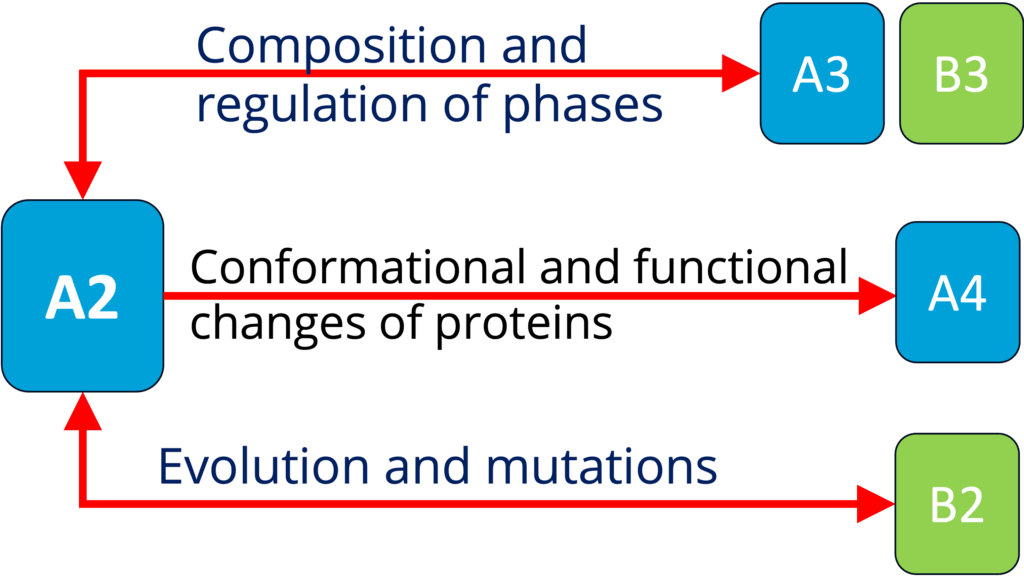
See project details: https://dresdencondensates.org/projects/a2/
A4 - Theory and simulation of polymer-assisted condensates (Sommer)
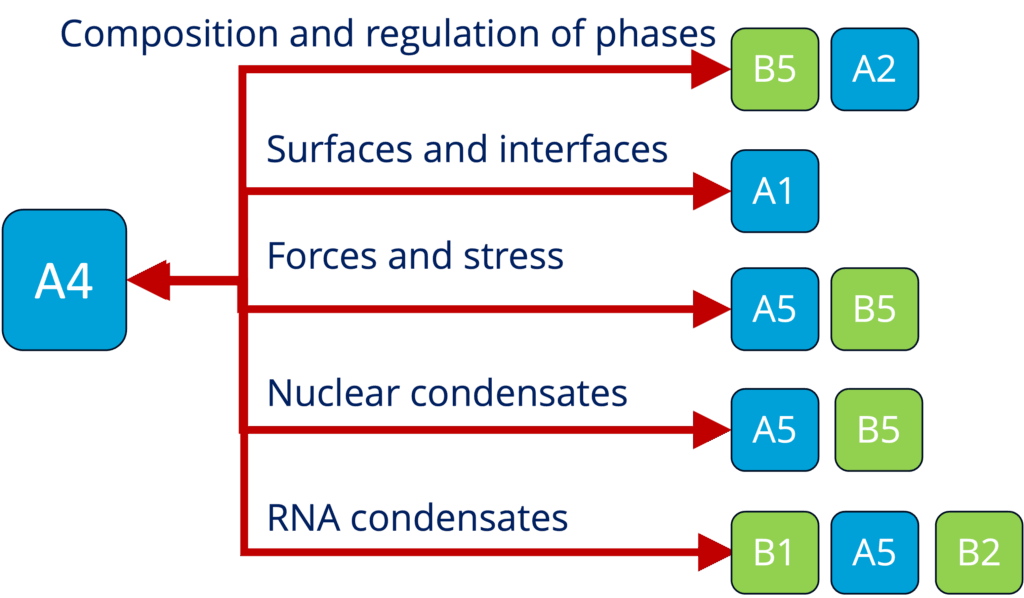
See project details: https://dresdencondensates.org/projects/a4/
B2 - Characterizing the role of RNP granules in ALS (Sterneckert)
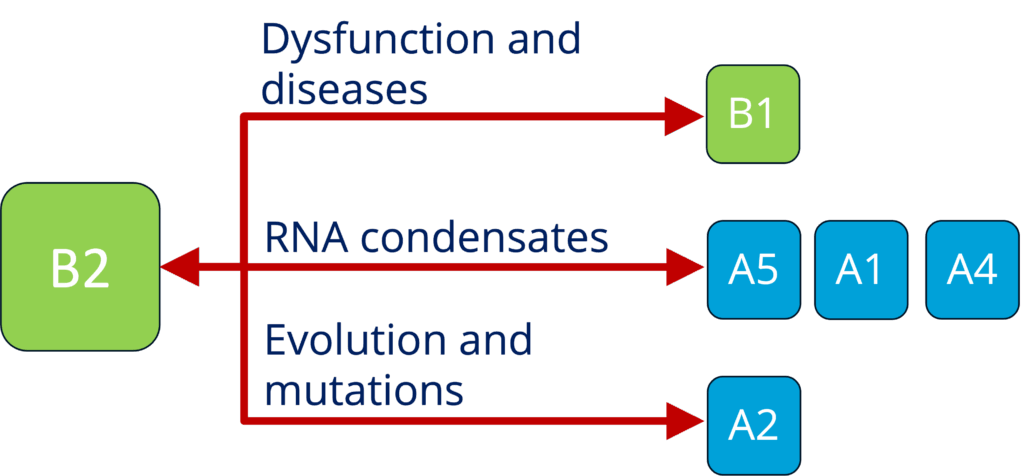
See project details: https://dresdencondensates.org/projects/b2/
A1 - Role of surface condensation for the assembly of cortical proteins (Honigmann)
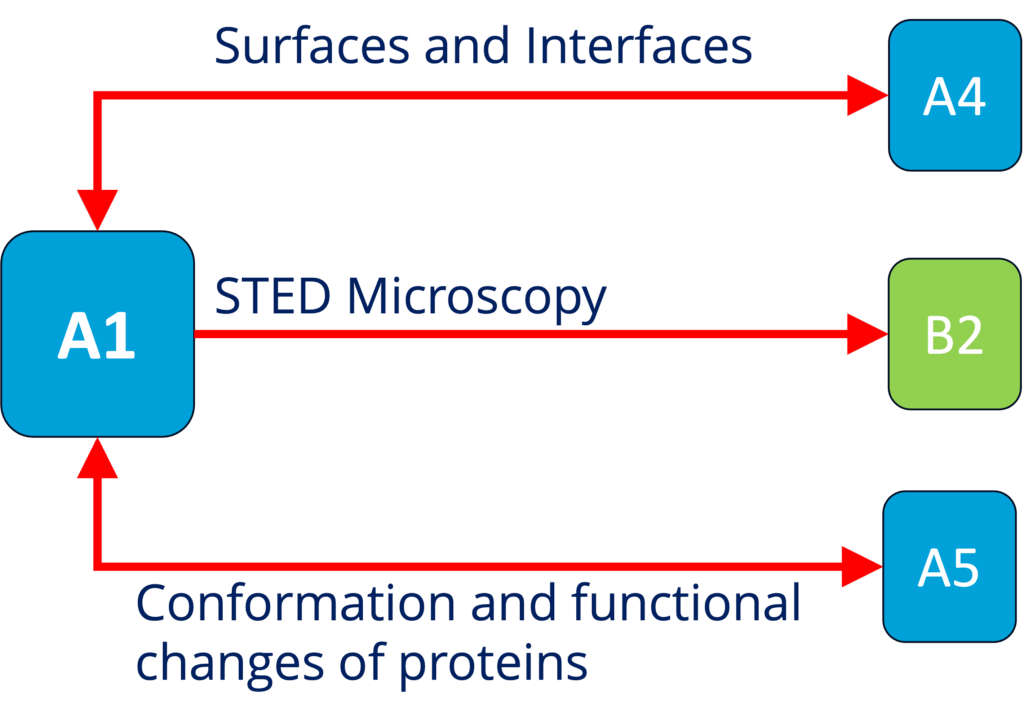
See project details: https://dresdencondensates.org/projects/a1/
A3 - Spectroscopy and local interactions in condensates and organization of the cytoplasm (Adams)
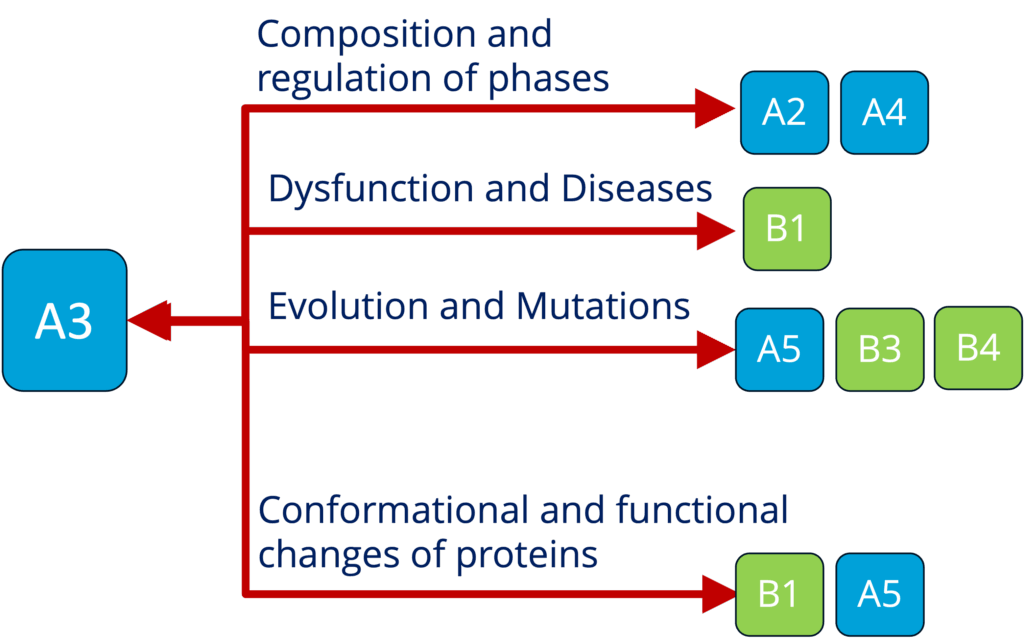
See project details: https://dresdencondensates.org/projects/a3/
A5 - Capillary forces and the force response of condensates (Jahnel and Grill)
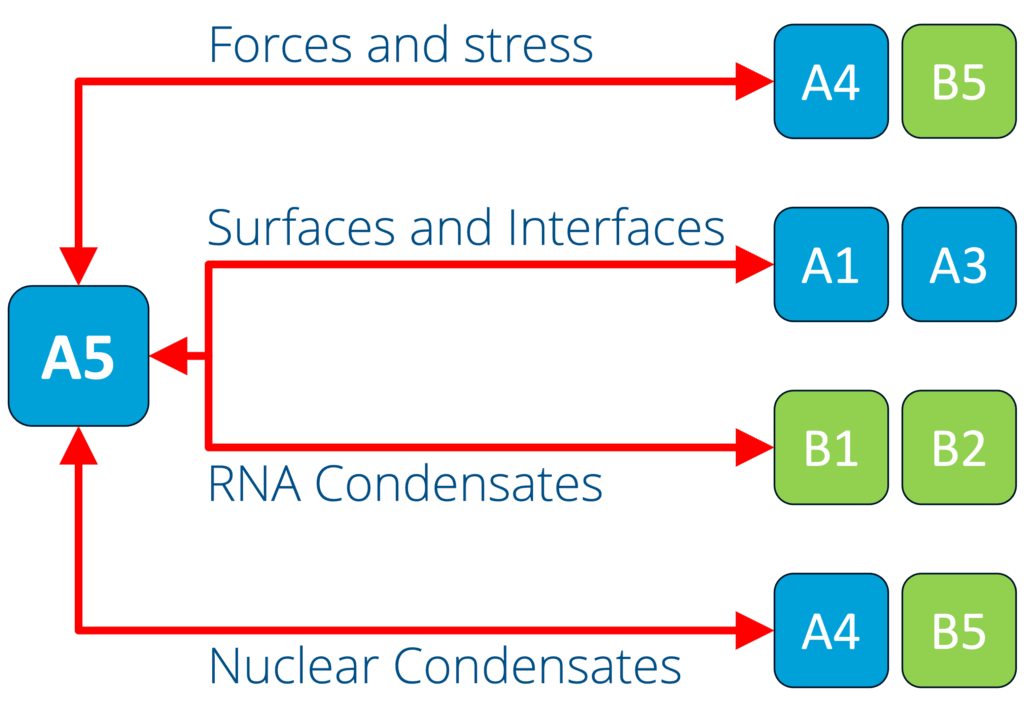
See project details: https://dresdencondensates.org/projects/a5/
B1 - Elucidating the mechanisms underlying mRNA translation regulation by condensation (biophysics and biochemistry) (Alberti and Schlierf)
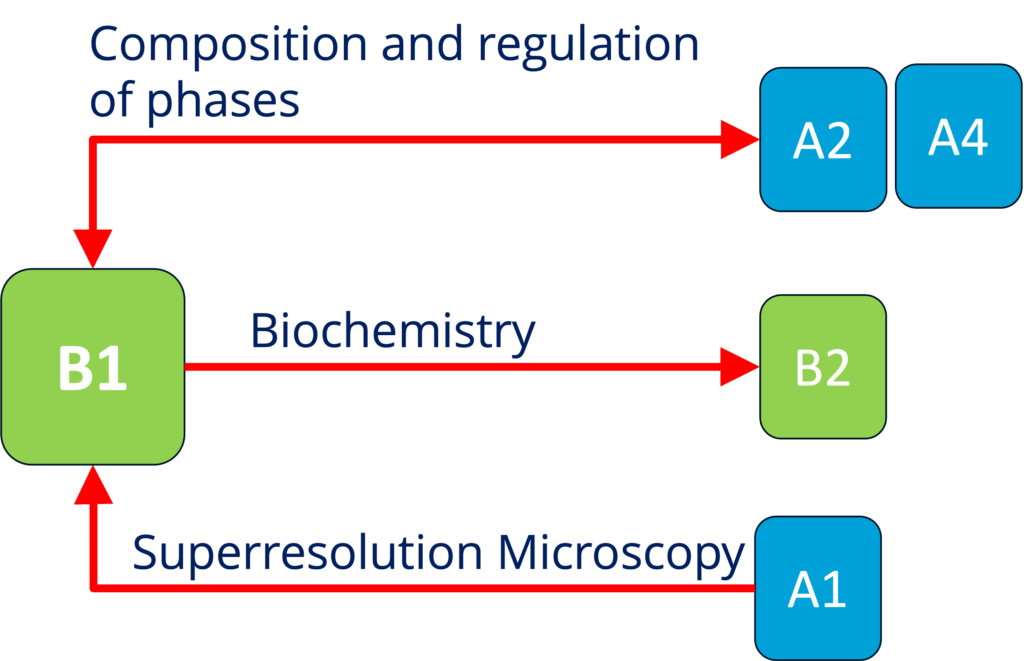
See project details: https://dresdencondensates.org/projects/b1/
B3 - Sequence to function mapping of condensate proteomes (Toth-Petroczy)
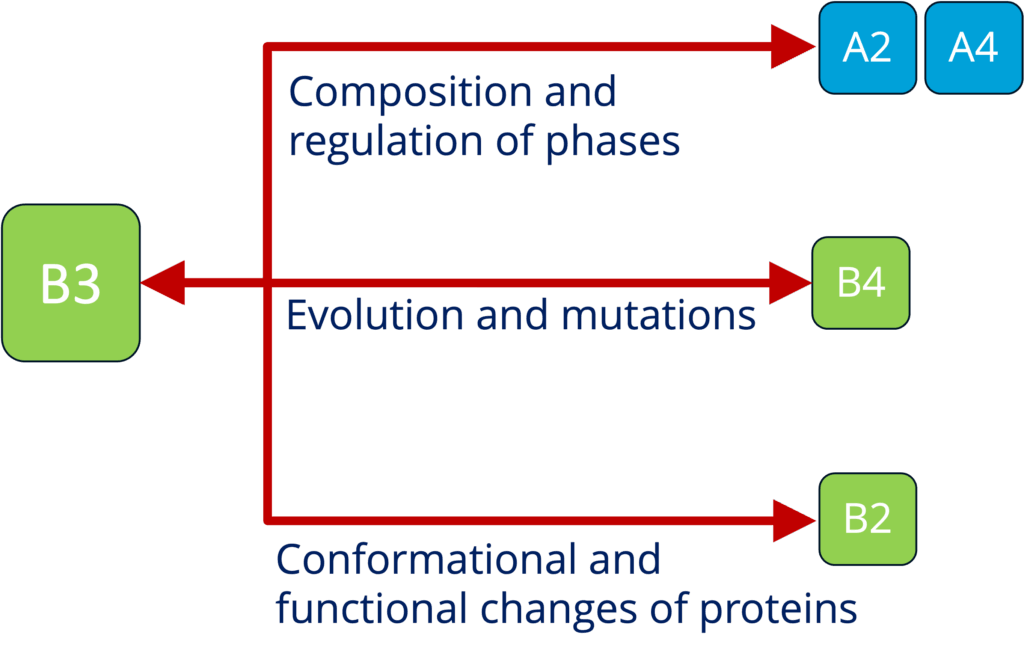
See project details: https://dresdencondensates.org/projects/b3/
B4 - Role of condensates in biological time across mammals (Ebisuya and Hyman)
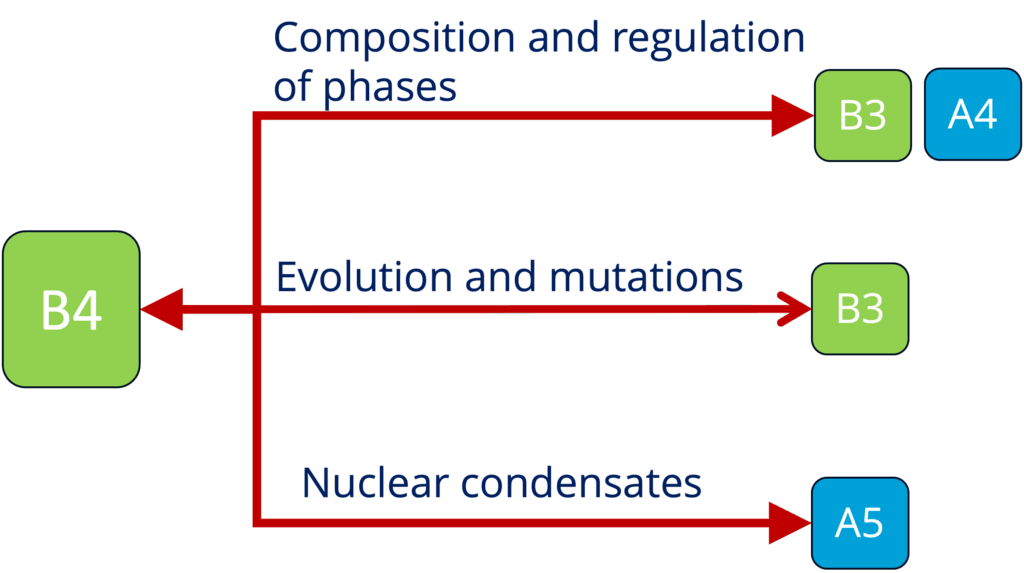
See project details: https://dresdencondensates.org/projects/b4/
B5 - Role of condensates in epigenetics (experiments and theory) (Brugués and Schiessel)
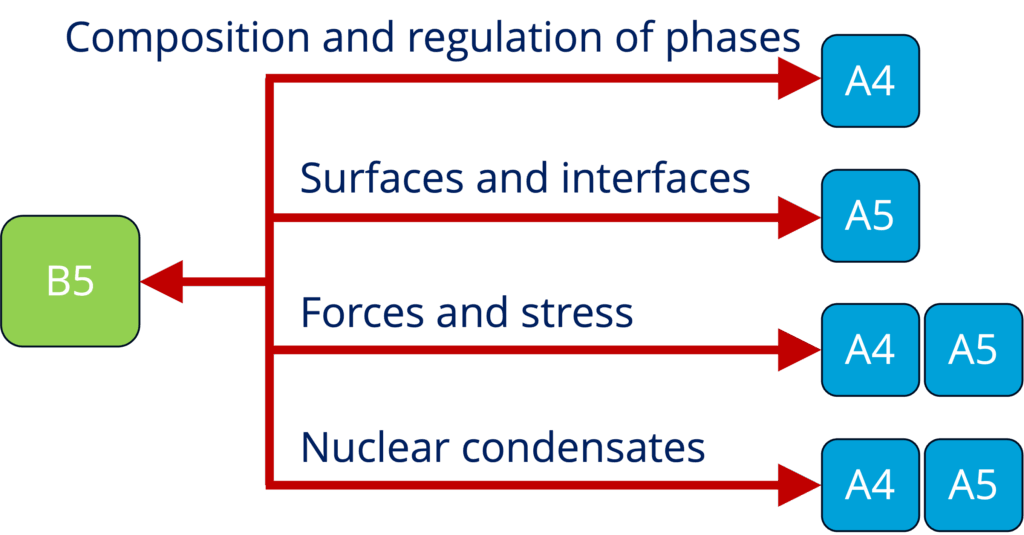
See Project Details: https://dresdencondensates.org/projects/b5/

